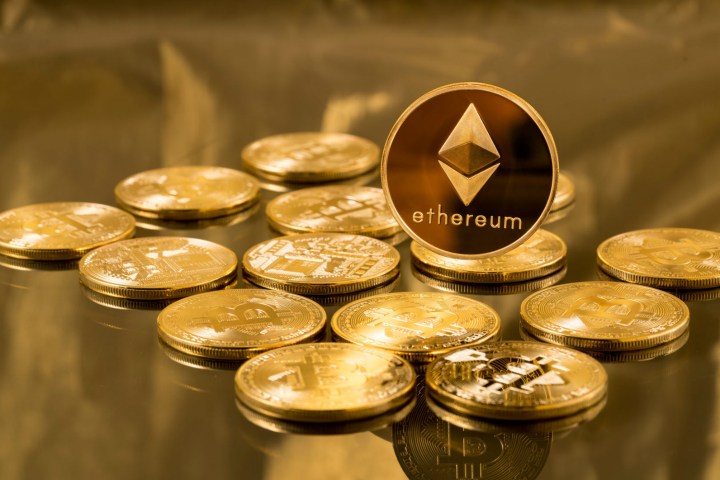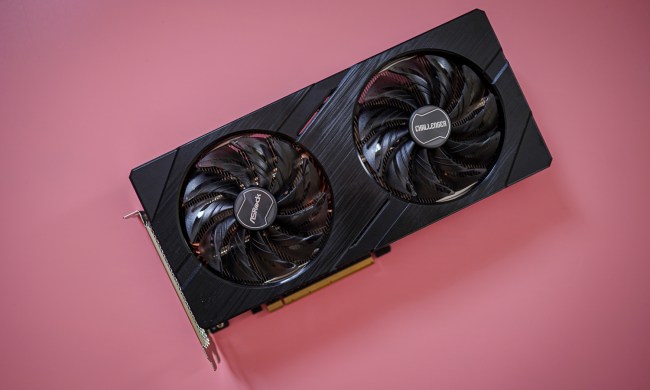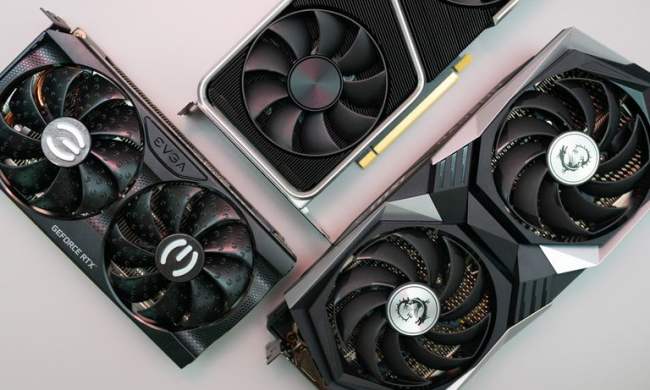For several months, any news about the GPU market had been bad news. But that’s starting to change. Thanks to China’s recent restrictions on cryptocurrency mining, graphics cards are flooding the secondhand market in China for ludicrously low prices. Some cards are even selling below the suggested price.
Chinese miners comprise the majority of miners around the world, and the country’s recent restrictions have pushed them out of the market. China has banned crypto-mining in certain regions to combat money laundering and payments for illegal activity. The price of Bitcoin and Ethereum sank shortly after the restrictions were put in place, causing large mining farms to quickly sell off their assets.

Reports show that mining farms are looking to offload their cards before the prices sink even more. Some RTX 3060 models are selling for as little as 2,200 yuan, or about $340. For context, RTX 3060 models were selling for above $1,100 in parts of Europe only a few months ago.
The exodus of cards from mining farms is good news for the GPU market, but that doesn’t mean you should try to snag a card from China. Most sellers are offloading cards in bulk through in-person transactions. Plus, it’s important to remember that these cards have likely been operating at full capacity for months or even years, so they wouldn’t make a good addition to your next gaming build.
If anything, the news shows that demand for graphics cards, particularly from crypto-miners, is dropping. Changes to Ethereum, a popular Bitcoin alternative, could further reduce demand over the next year.
There are five updates coming to Ethereum over the next several months that would essentially remove graphics cards from the cryptocurrency equation. Coindesk points out two Ethereum Improvement Proposals (EIPs) that will make the biggest difference in 2021.

The first is EIP 1559, which changes how transaction fees work with Ethereum. Miners now bid on transactions, which requires a complex fee estimation algorithm. According to the Ethereum Foundation, “these algorithms often end up not working very well, leading to frequent fee overpayment.” This proposal changes fees to a fixed price, which would decrease revenue for miners.
The goa is to make Ethereum less volatile. It would not only change the transaction fee payout, but also avoid the possibility of mining without a reward.
The other proposal is EIP 3554, which is the famous (or infamous, depending on your stance) move to Ethereum 2.0. It moves Ethereum from a proof-of-work model to a proof-of-stake model. Without getting too deep in the crypto weeds, the new model requires less power from graphics cards because the network itself can verify transactions based on a miner’s stake in Ethereum. When it rolls out on December 1, the change will essentially make graphics card mining obsolete.
Small changes around the world are helping to end the GPU shortage, directly and indirectly. Although we still have many months before things return to normal, news of falling GPU prices and changes to Ethereum show that there’s light at the end of the tunnel.



